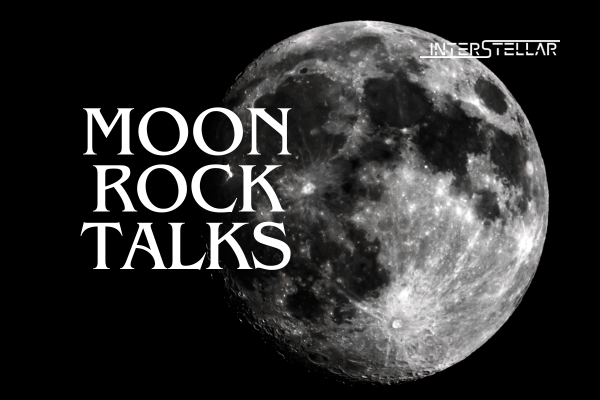NASA and China Discuss Moon Rock Sharing for Scientific Research
NASA and Chinese officials are discussing a potential agreement to allow US scientists to study moon rocks collected by China from the far side of the moon. This collaboration could mark a significant step in US-China space relations, despite existing challenges and restrictions.
China’s Lunar Achievements
In June, China became the first nation to collect samples from the far side of the moon. The Chang’e-6 mission retrieved rocks from the South Pole-Aitken Basin, a large impact crater on the moon’s surface. China has since offered these samples to the international scientific community for research. However, a US law, known as the Wolf Amendment, restricts NASA from cooperating with China unless there are assurances that national security is not compromised.
NASA Administrator Bill Nelson has confirmed that discussions are ongoing with Chinese officials regarding the terms of the agreement. He also reassured US lawmakers that the talks pose no threat to national security.
Strengthening Space Communication
The moon rock discussions are part of broader efforts to improve communication between the US and China on space-related issues. Both nations are working to avoid conflicts in space, especially as they continue to vie for dominance in space exploration. The US is set to return astronauts to the moon through NASA’s Artemis programme, while China aims to land its astronauts in the same region by 2030.
These talks reflect a shift in the US approach to China’s space activities. Although the two countries remain competitors in space and military matters, they have begun to establish areas of coordination to enhance safety and prevent miscalculations.
Growing Collaboration Amid Competition
In recent years, China has increased engagement with US agencies on space operations, including rocket launches and satellite activities. This move comes at a time when both nations are expanding their satellite networks, increasing the need for space traffic management.
Despite political tensions, there have been other instances of cooperation between NASA and China. For example, they exchanged data in 2021 to avoid collisions between their Mars-orbiting spacecraft. These small yet important steps in collaboration have led scientists to call for more scientific diplomacy, which they believe could benefit space exploration in the long term.





